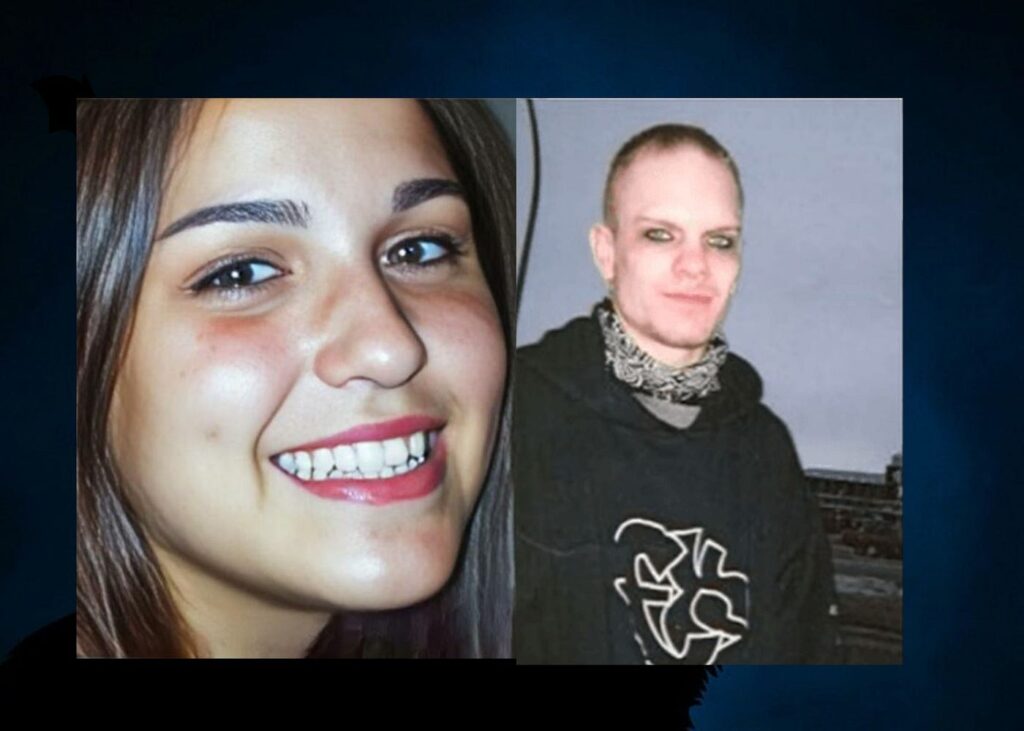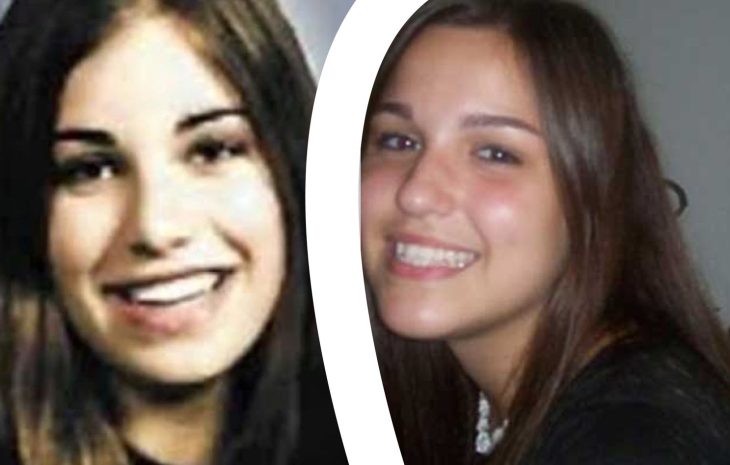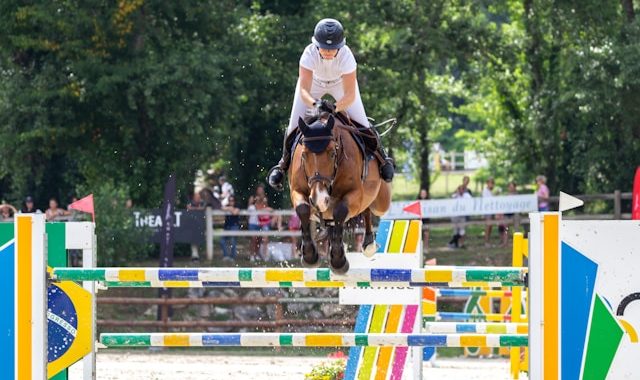The Tragic Case of Jasmine Richardson: A 12-Year-Old Murderer

In April 2006, 12-year-old Jasmine Richardson savagely killed her parents and younger brother, rocking the little Canadian city of Medicine Hat to its very foundation. As the world tried to make sense of how a child could perpetrate such a terrible crime, the brutal murders shocked the locals and grabbed headlines across the globe.
There has been much discussion on parenting, mental health care, and the juvenile justice system since Jasmine’s case brought light to the shadowy side of child killers. The murders of Richardson continue to be one of the most disturbing and baffling crimes in Canada, even after more than 15 years.
Profile of a Child Killer

Red Deer, Alberta is the place of Jasmine Deanna Richardson’s birth on August 15, 1993. Marc and Debra Richardson were her parents, while Jacob was her younger brother.
Everyone seemed to agree that Jasmine’s formative years were very typical. She was a pleasant, bright girl who loved listening to heavy metal and penning gloomy poetry.
Unexpectedly, Jasmine Richardson parents split when she was twelve years old. Because of how badly she took the divorce, Jasmine started behaving out and doing things only to get attention. She started dressing and applying makeup in a gothic style and dyed her hair black.
At a nearby skate park, Jasmine Richardson met Jeremy Steinke, who was 23 years old at the time. Jeremy had ties to white supremacist organisations, a criminal past, and had dropped out of high school. A rapid infatuation developed between the two. Like Romeo and Juliet, Jasmine’s parents prevented her from seeing Jeremy, which only added fuel to the fire of the youngsters’ destined soulmate belief.
A Chilling Murder Plot
It wasn’t until April 2006 that Marc and Debra Richardson found out their daughter was seeing Jeremy, who was much older. As a precaution, they grounded Jasmine and forbade her from seeing or communicating with Jeremy.
After her parents intervened, Jasmine Richardson became enraged and started planning to murder her family with Jeremy. Their goal? To be together. The heartless plot called for Jeremy to storm into the Richardson house, slit Debra and Marc’s throats, and then murder little Jacob with a knife.
Jeremy committed the savage assault on April 22. He broke into the house at night through an unlocked window while dressed in black and wearing a ski mask. In the midst of their slumber, he brutally attacked Jasmine’s family, stabbing her brother and parents numerous times.
After Jasmine’s family passed away, she went to see Jeremy. Together, they had sexual relations at a motel and then ran away. The two were apprehended by law enforcement at a Leader, Saskatchewan, truck stop two days subsequent.
The Shocking Trial

Shock and anguish washed across Medicine Hat in the wake of the savage killings. Many found it hard to believe that a girl of just twelve years old could knowingly take part in the murder of her own family.
Three counts of first-degree murder were brought against Jasmine and Jeremy. In 2007, the trial of Jasmine commenced. Her name and the graphic details of the murders were withheld from the media because of her youth.
Throughout the trial, Jasmine Richardson vacillated between confessing that she wanted her family murdered and alleging that Jeremy had coerced her into the murders. Despite her brother Jacob’s cries for help, she calmly described stabbing him in the stomach. Jacob was eight years old at the time.
The judge concluded that Jasmine was guilty of the murders because she showed an extraordinary lack of compassion and regret. The highest penalty for a juvenile offender in Canada is ten years in prison, and that’s exactly what she got.
After an adult trial, Jeremy was given three life sentences without the possibility of release for a period of twenty-five years.
Aftermath and Implications
In 2016, Jasmine Richardson was granted her freedom after completing her entire 10-year term. No one could say for sure whether she had been rehabilitated after all the therapy she had received while in prison. Some felt she still posed a danger to the community.
Tragically, this case brought to light deficiencies in mental healthcare and the Canadian legal system. Some people wondered if there were red flags in Jasmine’s behaviour that could have stopped the killings if someone had intervened.
The horrific trend of child killers was further demonstrated by the killings. Although this instance is extremely unusual, it demonstrates that children, particularly those who grow up with violent parents, can become competent killers as adults.
Because of her youth, Jasmine’s case has prompted discussions over the best ways to punish and rehabilitate juvenile offenders. Rehabilitating juvenile offenders for ultimate reintegration into society is a primary goal of Canadian law. However, many questioned if Jasmine could ever be truly rehabilitated due to the incredibly violent character of her acts.
You Can Also Read Here Who Is Thomas Washington Disney? First Black CEO of Disney

 Stacey Dash Net Worth: Unveiling Her Financial Success
Stacey Dash Net Worth: Unveiling Her Financial Success  Stephon Marbury: A Basketball Journey from NYC to the NBA
Stephon Marbury: A Basketball Journey from NYC to the NBA  Rising Star: Frances Tiafoe Net Worth and Inspiring Journey to Tennis
Rising Star: Frances Tiafoe Net Worth and Inspiring Journey to Tennis  Jeannie Mai Net Worth and Entrepreneurial Success
Jeannie Mai Net Worth and Entrepreneurial Success  JaMarcus Russell: The Rise and Fall of an NFL Prodigy
JaMarcus Russell: The Rise and Fall of an NFL Prodigy  How Much Was Caroline Ellison Worth?
How Much Was Caroline Ellison Worth?  The Art and Importance of Designing Safe and Effective Horse Jump Standards
The Art and Importance of Designing Safe and Effective Horse Jump Standards  The Art of Compromise: Resolving Family Disputes Amicably
The Art of Compromise: Resolving Family Disputes Amicably  The Benefits and Challenges of Sustainable Roofing for Commercial Buildings
The Benefits and Challenges of Sustainable Roofing for Commercial Buildings  Transforming Your Home with Terrazzo Flooring: A Timeless Choice for Elegance and Durability
Transforming Your Home with Terrazzo Flooring: A Timeless Choice for Elegance and Durability